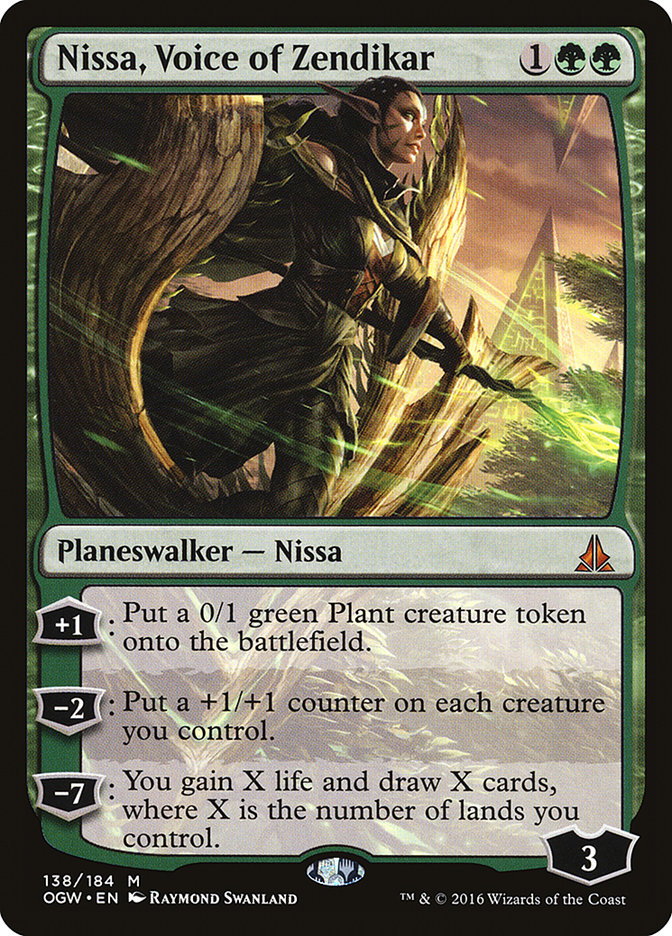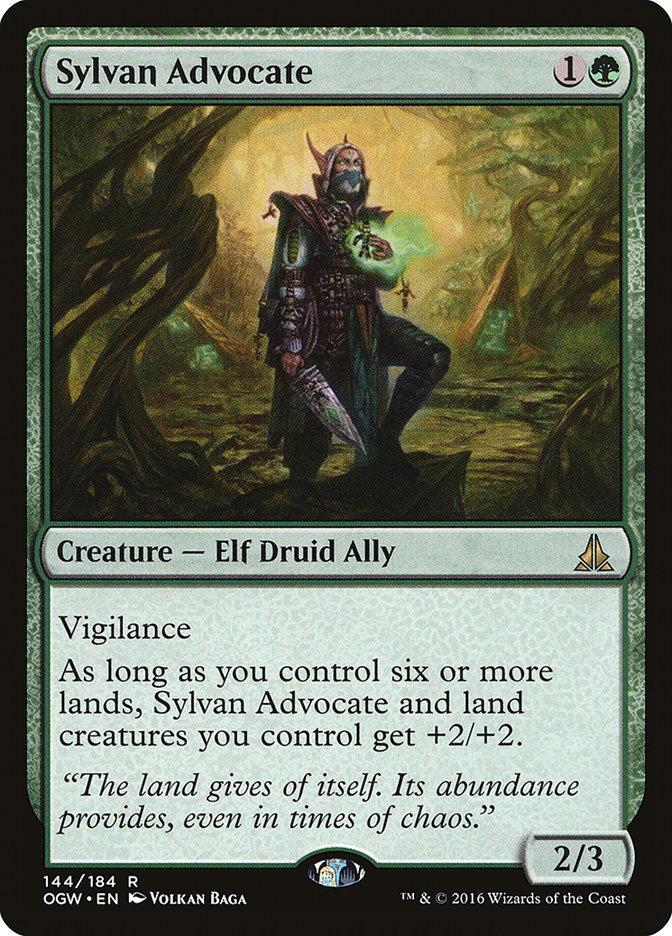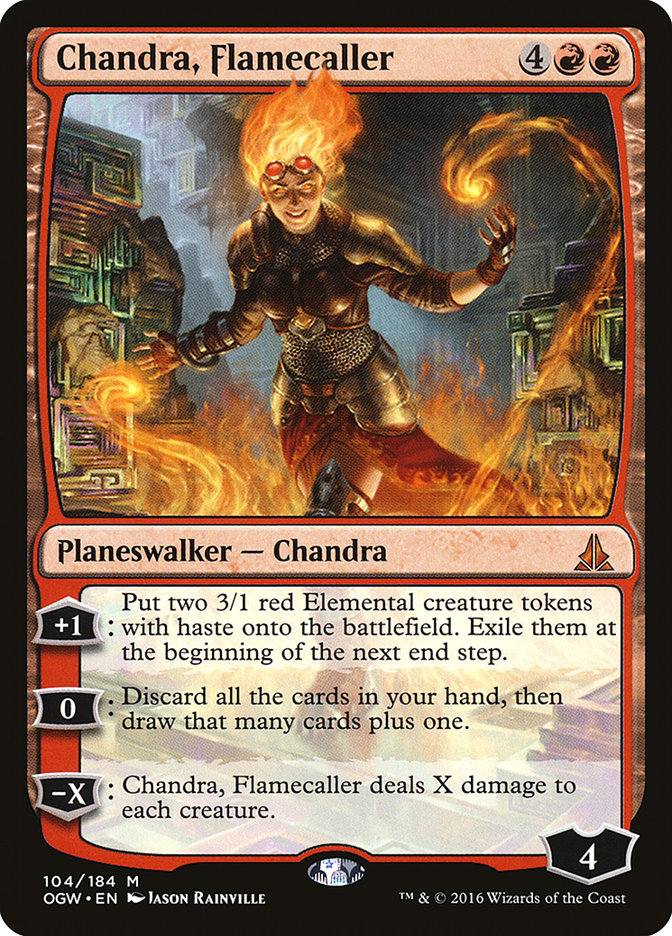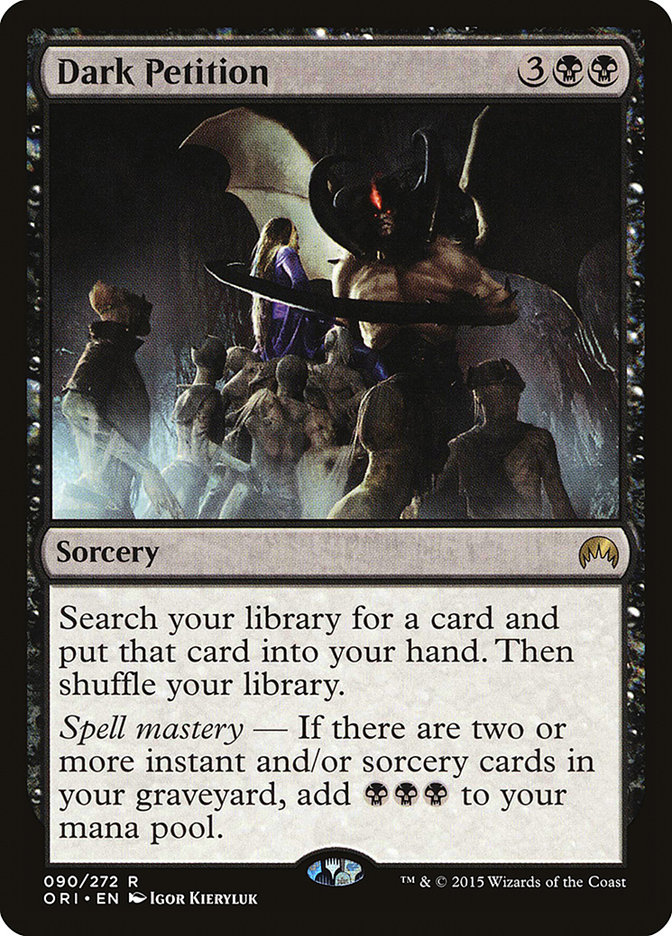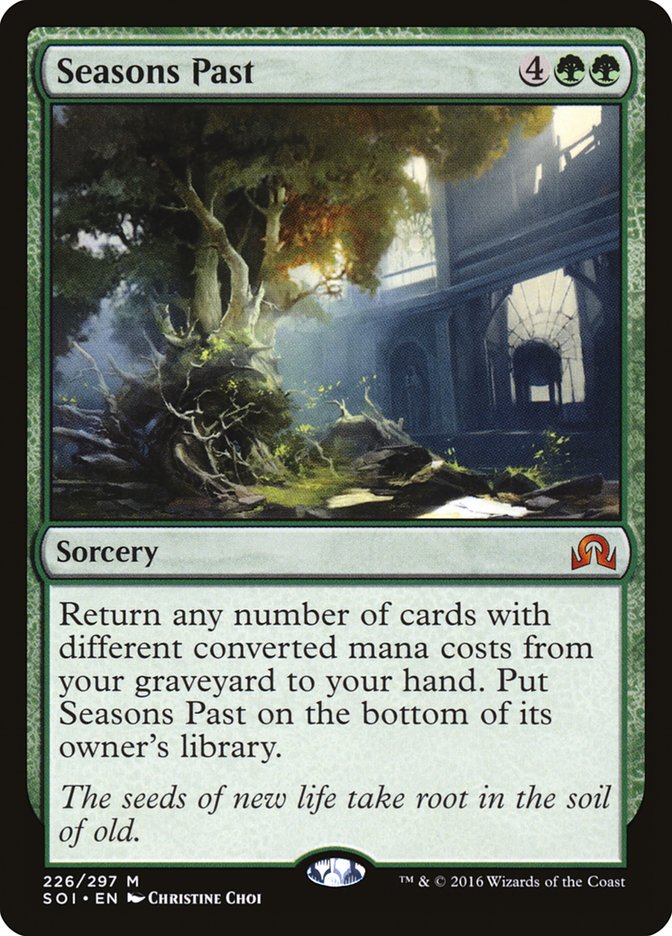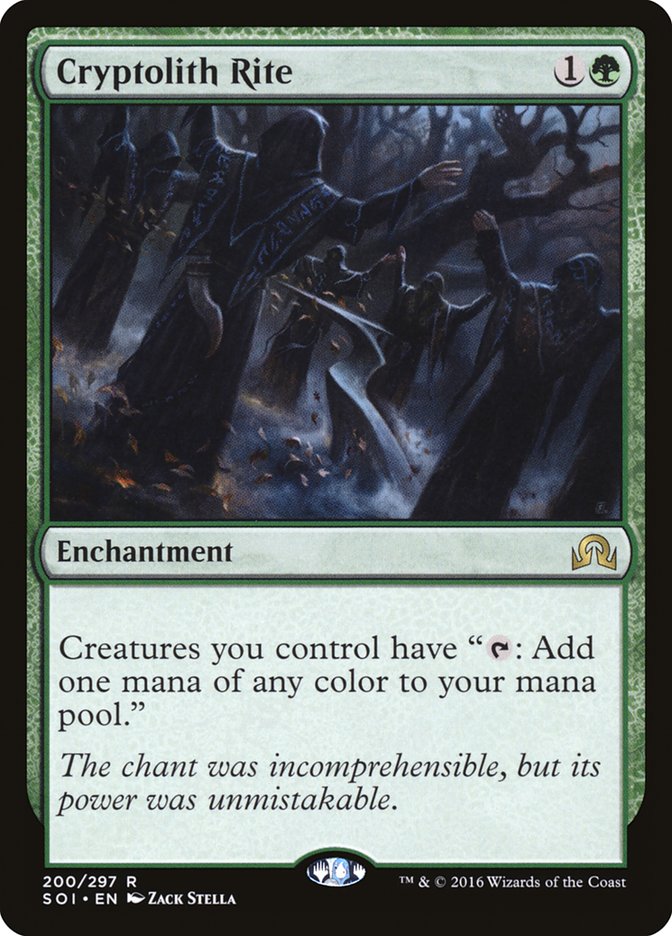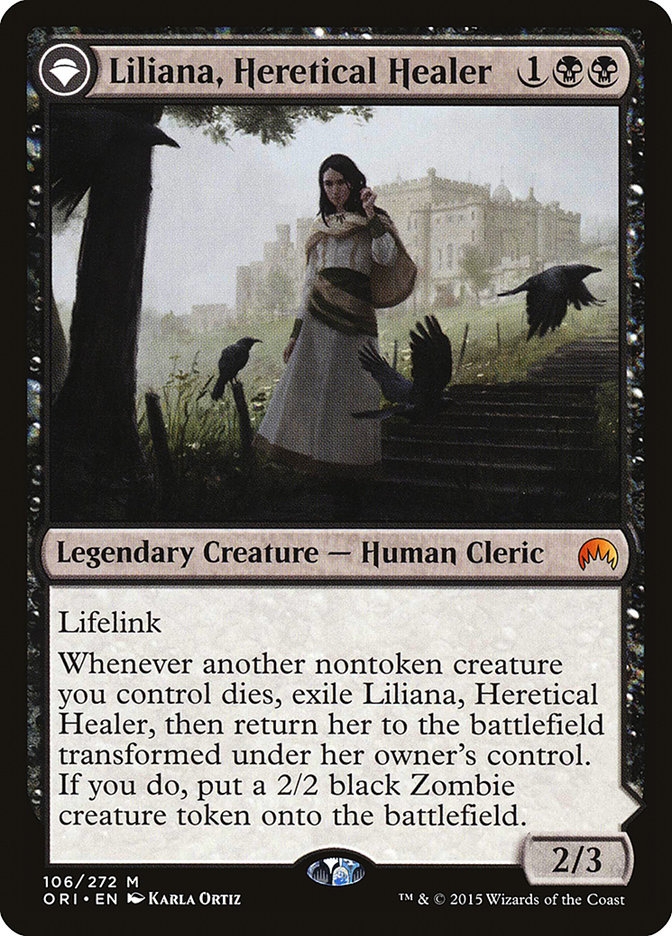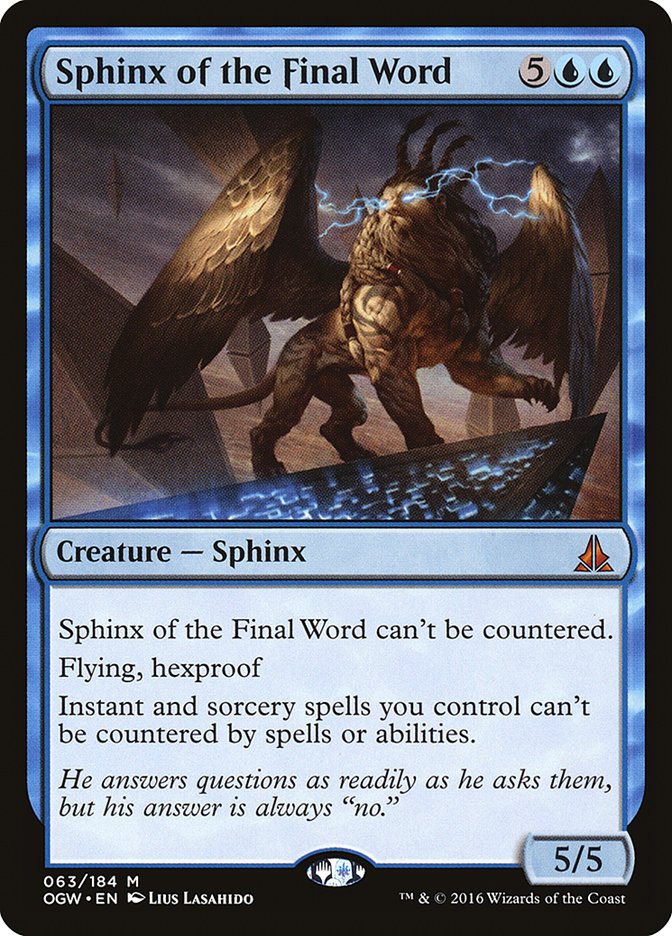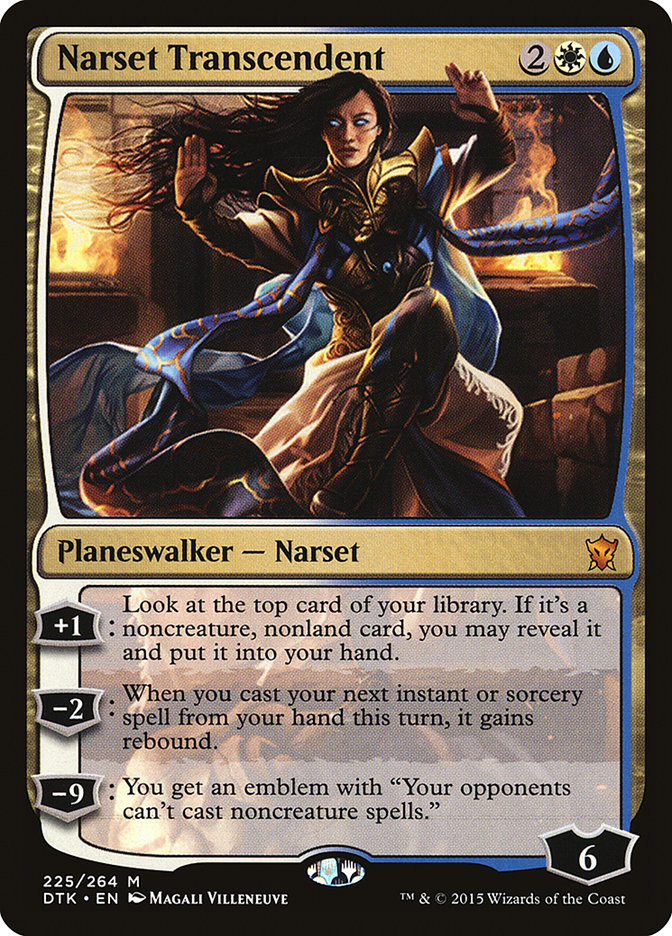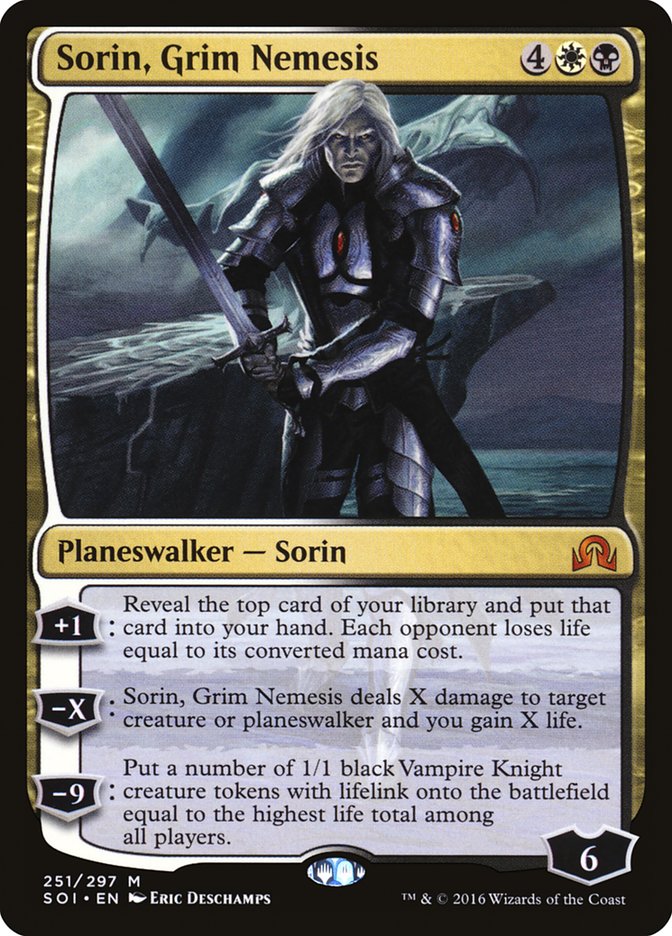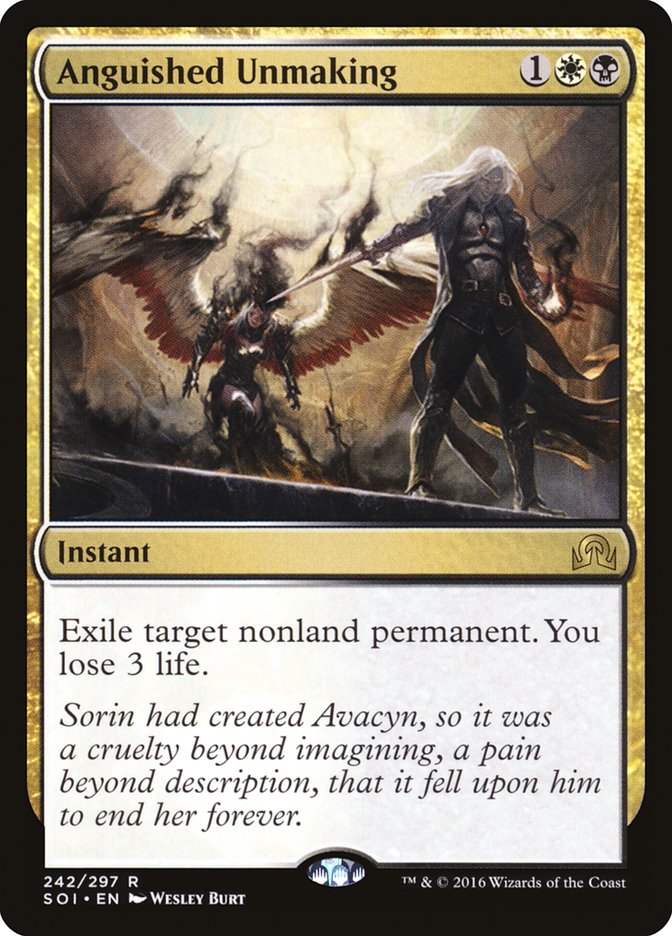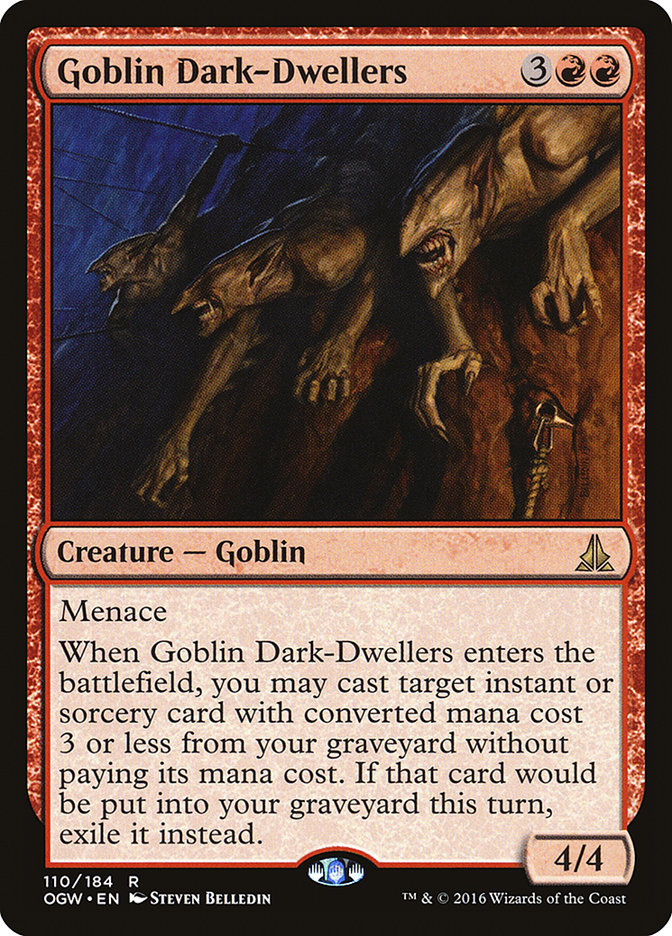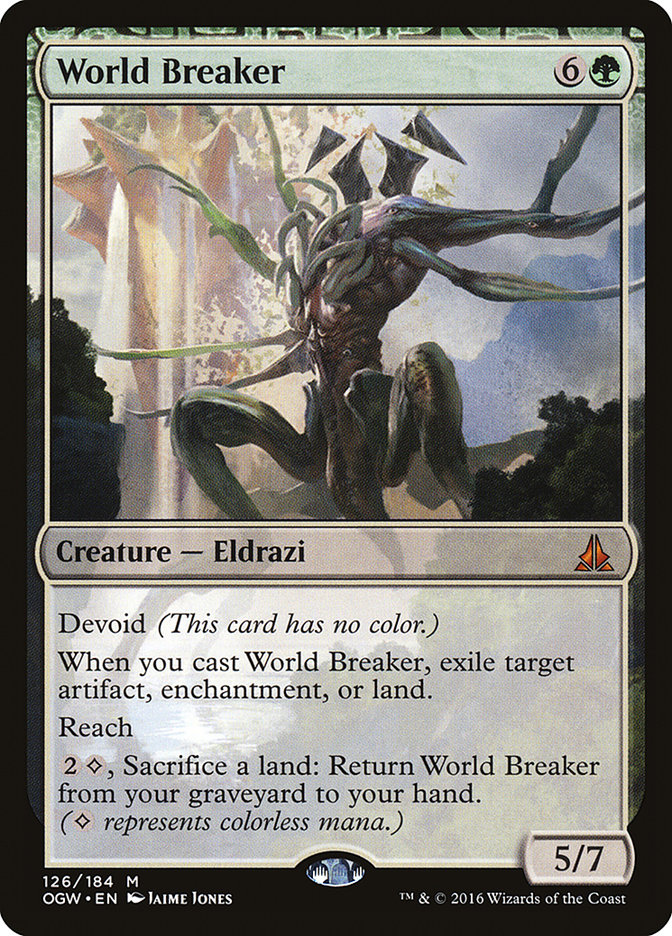The Pro Tour is an exciting time for Magic. The best players from around the world are working harder than at any other time to come up with their best deck, and the results almost always form the basis for our understanding of the format from then onward. In the case of Pro Tour Shadows over Innistrad, we were shown a bevy of exciting new archetypes.
With the same degree of certainty, we see some of those new archetypes fail to replicate their Pro Tour success as the format takes shape, while others rise to prominence and become format staples. That is why the first tournaments after the Pro Tour are so exciting. We get to see which decks are the truth and which decks are merely pretenders.
Grand Prix Toronto was the most prominent Standard tournament last weekend. You can find the Top 8 decklists here, while the rest of the Top 32 is posted here.
Winner: G/W Tokens
G/W Tokens was the best-performing deck at the Pro Tour and now appears to be the best deck in the entire format after a great performance in Toronto. Two players took the deck to the elimination rounds, highlighted by Jon Stern’s second-place finish. Even more impressively, seven more copies of the deck can be found in the Top 32 lists.
Preparing for the deck is becoming more difficult as additional variants are now popping up. Lambholt Pacifist is the most common new addition, simply because it has such a good rate for what it is. Standard is filled with 2/1s and 2/3s, so the front side, a two-mana 3/3, matches up quite well. Obviously if the card flips early on into a 4/4, you are very far ahead, but it is surprisingly easy in this deck to turn the Pacifist into a war hawk, even before you play an Archangel Avacyn or a sixth land for Sylvan Advocate.
Gideon can become a 5/5 to allow it to attack or make an emblem, so the 4/4 Pacifist satisfies the condition of its own ability. Nissa, Voice of Zendikar and Dromoka’s Command are other easy ways to pump the Pacifist and start attacking before your opponent expects you to.
The other card we can see added to the deck is Chandra, Flamecaller in Michael Sheng’s Naya Tokens list. Normally splashing a RR card would be too difficult, but Oath of Nissa pulls everything together, functioning as a source of two red mana by itself. Chandra is an incredibly powerful card that has not found a great post-Shadows home yet, so it’s a fine addition here, but the unheralded addition that comes with a third color is Needle Spires.
I feel like I say this every week, but it is impossible to overstate how powerful creature-lands are, and Spires in particular plays very well with the Anthem effects in this deck. The threat of Spires makes your opponents wary of running out their planeswalkers without extra protection, which limits the value they can gain, and Spires can clean up a game quickly if you find yourself trading all your resources with your opponent.
I am sure the deck will continue to evolve with a shifting metagame, but the core of Sylvan Advocate / Hangarback Walker / Avacyn / Nissa / Gideon / Command has officially assumed the top spot in Standard. The deck is filled with powerful cards, has a strong proactive gameplan, and does not fold to sweepers, a winning formula. This is now Public Enemy Number One and you should be well-prepared to play against it multiple times unless something drastic happens.
Loser: Seasons Past Control
Seasons Past was one of the more exciting decks to come out of the Pro Tour. Languish was well-positioned in a field of Humans and Bant Company, and the end-game power of Dark Petition and Seasons Past looked eerily similar to Sphinx’s Revelation in its ability to create an absurdly lopsided resource advantage when given enough time.
But even with a sweeper as powerful as Languish, this deck rarely has enough time in this format to effectively execute its game plan. The notoriety the deck gained as Jon Finkel piloted it to his 359083204th Pro Tour Top 8 belied the fact that even in Madrid the deck underperformed, and its results in Toronto (or lack thereof) have officially exposed the deck for what it is: a clunky but powerful control deck in a field replete with decks that punish you for stumbling and are powerful and flexible enough to not fold to Languish. There were zero copies of the deck in the Top 32 and little reason to be surprised by that fact.
The power level of the Dark Petition–Seasons Past engine is high enough that this deck or something similar could emerge at certain points in the metagame cycle, but for right now this one looks like a one-trick pony.
Winner: Cryptolith Rite
G/B Aristocrats followed up a solid showing at the Pro Tour with a deceptively good performance in Toronto. Zero copies cracked the Top 8, but there were four in the Top 32, so the deck has some legs. What is really interesting is that in the Top 32 there were three copies of a four-color Cryptolith Rite deck that incorporated the Zulaport Cutthroat / Eldrazi Displacer / Brood Monitor combo. For more detailed thoughts on that deck, you can read my Daily Digest on it here.
Despite the lack of Nantuko Husk, a key card in the G/B list, the Four-Color Rites deck is similar in strategy in that it is primarily driven by creating a battlefield presence with small creatures and the mana acceleration of Loam Dryad and Cryptolith Rite, but it has a variety of angles of attack to exploit the wide battlefield presence it generates. As such, I believe it is more instructive to group these two decks together rather than consider them separate archetypes, at which point we have an archetype that put seven people into the Top 32, an impressive showing even if it failed to crack the Top 8.
There are some significant questions to answer about the schism between Rite decks. Where is G/B better? Where is Four-Color better? Which one is favored in the matchup between them? How important is it to have specific plans for each of them? But what is clear at this point is Cryptolith Rite is a format staple.
Loser: Esper Control
This was another reactive deck that used Languish to exploit the Pro Tour metagame, along with a number of powerful planeswalkers to accrue an insurmountable resource advantage. Like the GB Seasons Past deck, it had an impressive pedigree, this time being championed by Team East-West Bowl and led into the Top 8 by World Champion Seth Manfield. But unfortunately, also like GB Seasons Past, Esper Control failed to put anyone into the Top 32 in Toronto.
While Esper Dragons did take down the entire event, it is a significantly different style of control deck from Esper Control, taking a more proactive approach by using Dragonlord Ojutai to close games quickly if you can stay at parity through the early turns of the game.
The results of Toronto provide an important lesson about reactive control decks. Without an incredibly powerful late-game engine, such as Sphinx’s Revelation, the nature of the threats in Magic right now mean that control decks need to be built for a specific metagame, which means you have to essentially build a new deck every week as long as the format is in flux. Given how dynamic Standard has been in the last few years, I expect that doing so is incredibly difficult, which is why we have seen more successful control decks rely on a proactive element so that they do not give their opponents time to topdeck their way out of a disadvantaged position.
The Pro Tour metagame was more exploitable than most, since the Invitational made it clear that Humans and Bant Company would be two of the most popular decks, if not the top two, and that information advantage paved the way for a successful tournament for control decks that was not repeatable once the format shifted. If you are a die-hard control player, then I suggest putting in a lot of homework and being willing to switch between a range of control options as the dictates of the format change.
The Overrated: B/W Control
After a poor performance at the Pro Tour, B/W managed to place two players into the Top 8 of Toronto, one Languish-based and one using the Eldrazi package the Roanoke crew championed in the opening tournament of the format. This is bound to generate some hype around the deck moving forward, especially given Josh Buitenhuis’s incredible undefeated run through the Swiss rounds.
But when you look over the Top 32 lists, you find zero additional copies of the deck, which makes me skeptical. There is plenty of variance in a single tournament, and in a tournament as large as a Grand Prix, a single match can alter your standing significantly. Given how poorly this deck did at the Pro Tour, I would be more likely to chalk this week up as a fluke than bank on a resurgence of the archetype that was widely heralded during spoiler season.
The Underrated: Grixis Control
Newly minted wunderkind Oliver Tiu followed up an 8-2 performance in Standard at the Pro Tour with a Top 4 in the Grand Prix, while two other copies of the deck show up in the Top 32. This may seem comparable the performance of B/W which I am down on, but given the lower pedigree that Grixis had coming into the format and that it was undoubtedly less popular in the weeks leading up to Toronto, I am much more impressed by Grixis Control than B/W, and I expect it to rise in popularity and performance moving forward.
This deck embodies the concept of incorporating an aggressive element to close games that I elaborated earlier. Goblin Dark-Dwellers and Kalitas, Traitor of Ghet are more than ways to gain card advantage; they provide a battlefield presence at the same time, leading to huge tempo swings in the mid-game that let you turn the corner and pressure your opponent while they are cracking Clues and trying to rebuild.
Kalitas in particular is excellent right now. It shuts off problematic creatures like Hangarback Walker and Zulaport Cutthroat, lets you stabilize quickly against aggressive decks by going wide or tall as appropriate, and completely takes over a game if left unchecked. If you can keep their battlefield relatively clear in the early turns, the tempo lost to having your Kalitas bounced by Reflector Mage is not backbreaking, and this deck is certainly well set-up to accomplish that. Esper Dragons may have won the tournament, but in my opinion this is the future for control decks in Standard.
The Engima: Ramp
Given that Ramp was completely shut out of the Top 32 in Toronto, this would seem like a clear loser, and perhaps it is, but in the other large Standard event on the weekend, the SCG Classic at #SCGMKE, Ramp put up a very impressive performance with two in the Top 8 and two more in the Top 16. Obviously the Classic was a much smaller event than Toronto, and should be weighted appropriately, but I am never willing to completely dismiss the results of one tournament in favor of another.
The disparate results of these two events mean that, for me, the question of Ramp’s place in the format is still in flux, even though I was personally never high on Ramp coming into this weekend.
It is also important to note that Justin Cohen piloted one of the Top 8 Ramp lists, and it is an interesting variant that is more aggressive, using more creature-focused acceleration and Duskwatch Recruiter to find its big threats going long. Tireless Tracker is a nice way to tie this idea together, since it is a midrange threat that both takes over a game going long and prevents you from flooding with the card advantage it provides from normal land drops and your ramp spells that would typically be dead draws later on.
It is certainly possible that this list becomes the best variant of Ramp and that it simply wasn’t played in large numbers, if at all, in Toronto, which is the exact reason why dismissing the smaller event is a mistake. We will all just have to wait and see.
After some early worries about the dominance of Bant Company and Humans, this Standard format is becoming quite diverse with a huge range of strategic options and some interesting variants emerging among specific archetypes. It feels like we have said this every year, which is a testament to the fact that, despite their failings in other areas, Wizards of the Coast is damn good at designing Magic cards. After two weeks off, I am excited to get back into the arena this weekend at Grand Prix New York, and perhaps equally excited to see the next step in the evolution of Shadows Standard.


